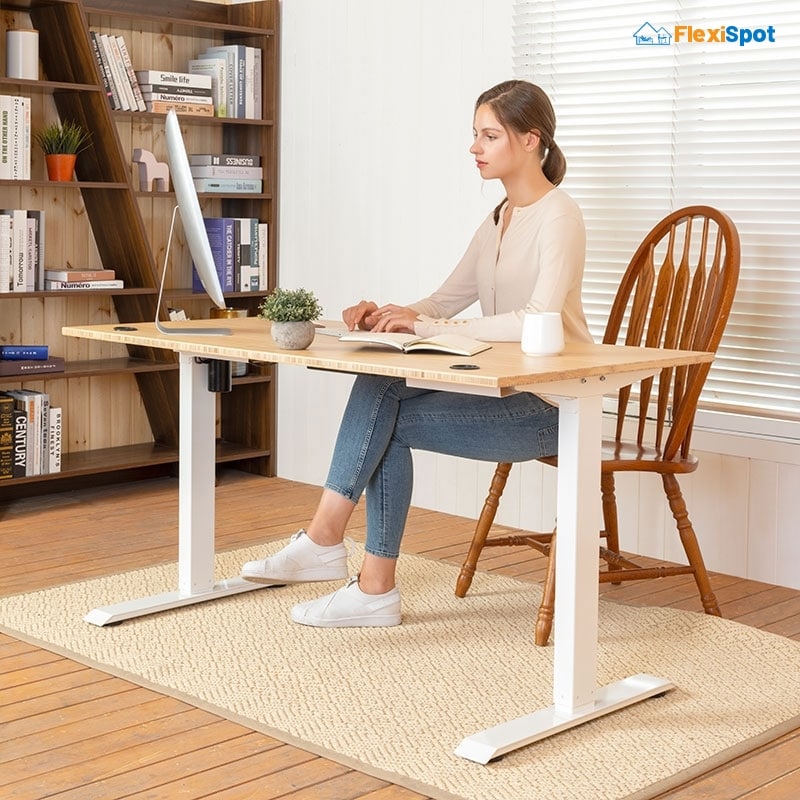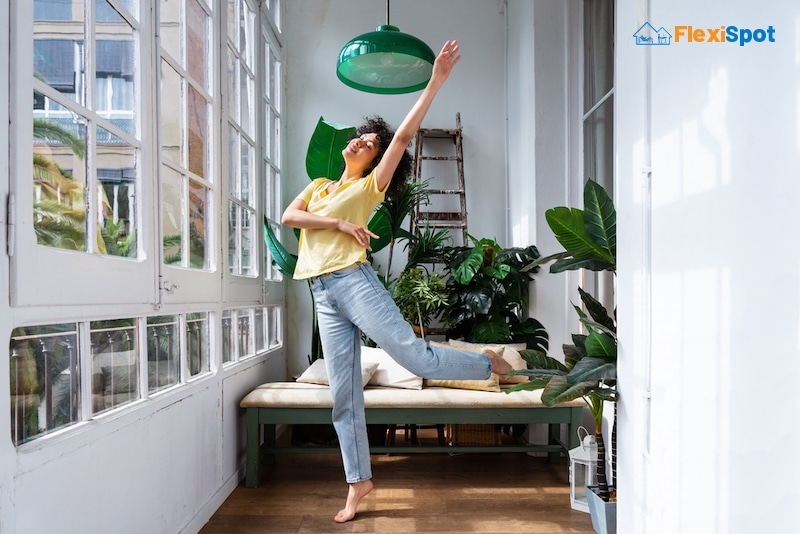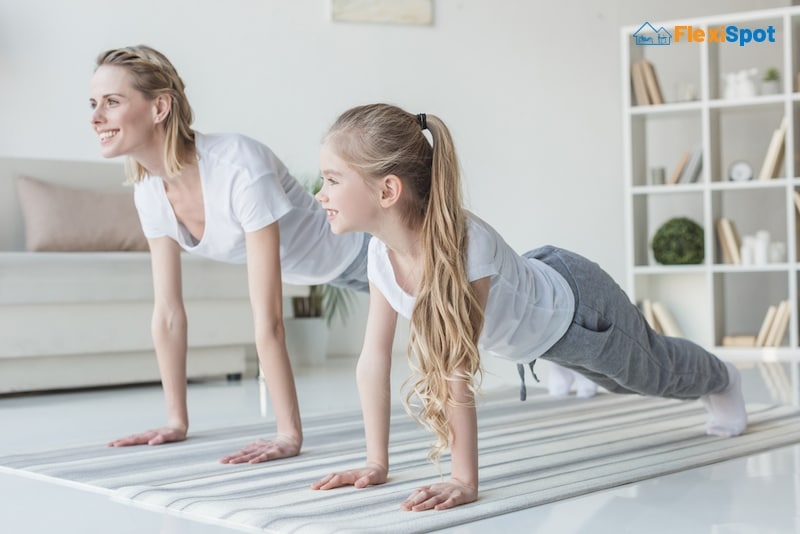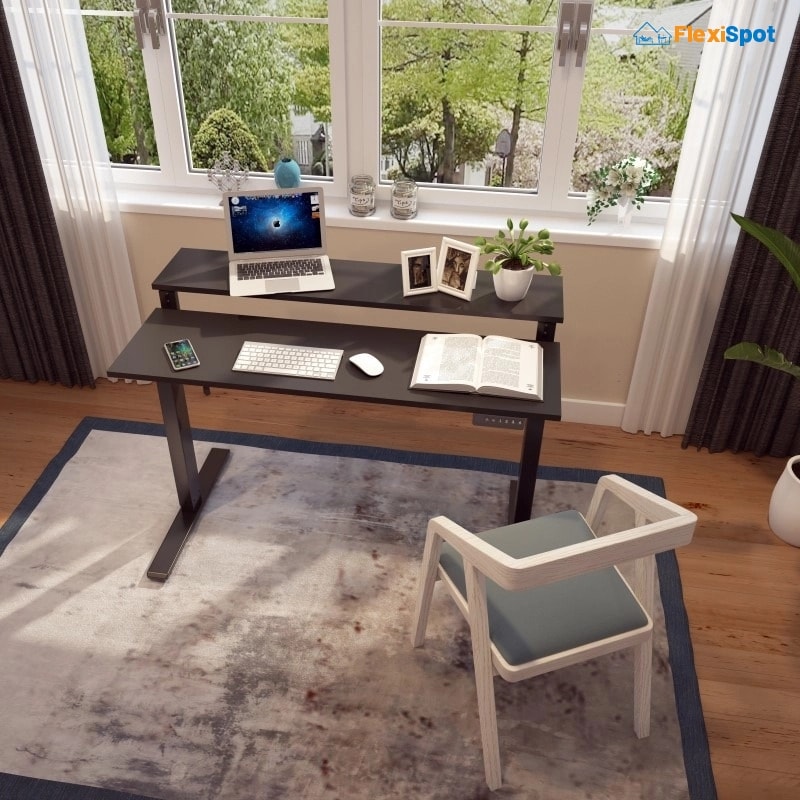Back to school is a busy time of the year, with a lot going on. After the pandemic, many schools have taken different approaches to how they’re going to carry through the school year. Some are going virtual, some are attending in-person, while others are working with a hybrid system.
Regardless of whether you’ll be attending school in person or at home, the fact remains that ergonomics are important. Many kids end up with back pain from sitting hunched over their computers over the course of the school day, while others may end up with problems because of uncomfortable school desks.
Having proper knowledge of how to carry yourself and mind ergonomics will help get rid of the likelihood of these problems. Addressing body mechanics, posture and the use of school equipment should be a priority to make sure students’ back, neck and shoulders are safe from any kind of pain or injury.
When young, these problems don’t seem like much since the body is able to recover faster, but over long periods of time, it will have a negative effect on them, and will cause problems further down the road in adulthood.
Back to School Ergonomic Tips for Students
Posture
A major aspect of ergonomics is keeping the right posture. Many kids don’t think too much about this since they do not suffer the impact of bad posture as quickly as adults do.
However, whether you’re in school or attending school from home, having good posture is extremely important.
Switching positions regularly at your desk is necessary to keep yourself protected from repetitive strain injuries. Many such injuries occur when you stay seated in the same position for a long time.
When seated, avoid hunching over or slumping on your desk. You should keep your back supported by your seat, and your shoulders should be relaxed.
Sometimes, depending on the kind of furniture you have at school, you don’t have much of a choice around your seating. But what you can do is make an effort to avoid slouching. Keep your hips at the back of the chair.
Your feet should also be resting on something. Whether it’s the bar at the bottom of the desk chair or the floor – your feet should be flat on the ground, and your knees should be in-line with or slightly below your hips. Anything more than that will put pressure on your knees and give you possible pains.
Also, avoid crossing your legs or putting one foot under your thigh. This is fine for a short amount of time but can cause pain and discomfort over the course of the school day.
Wrist and Arm Position
Students who are attending school from home will have to spend a long time in front of computers, which can put a strain on your back, neck, and wrists. When sitting at a computer, you should make sure that your eyes are looking straight ahead when looking at the top third of your computer screen. Your neck shouldn’t have to angle up or down when looking at this part.
Your elbows should be by your sides, and your forearms should be resting on the desk or armrests. If you find yourself having to reach out for the mouse or for your keyboard, you may end up straining your wrist. Your arms should be bent 90 degrees at the elbow.
Ideally, you should get your eyes checked if you feel, at any point, that you are having to squint to see the screen or the blackboard in classrooms. If you squint, you will unintentionally lean forward without realizing it and put yourself in an awkward posture. This may not seem like a big deal but can cause issues over time.
Activity
Spending too much time in the same spot can be tiring, and spending too much time doing the same task can also cause problems. It’s necessary to take mini-breaks whenever you can. In school, this can be difficult since students are held to tight schedules, but when attending school from home, it is best to take a small break whenever possible.
This could be anything from going to the bathroom to simply standing up for a while to get the blood flowing in your body.
It is also important to take a break from looking at the screen for a long time. Follow the 20-20-20 rule, which is that every 20 minutes, you should look at something 20 meters away for 20 seconds. This keeps your eyes safe from strain.
Grip
School requires a lot of writing – whether it’s taking notes or completing classwork, you have to write a lot. Try and use pens with a larger girth, or pencils with grips. This requires you to use less muscle force while you write, and will help with writing for longer without feeling discomfort or fatigue.
School Bag
As students – especially if you are attending classes in person – you’d need to carry a backpack around. Studies show that backpacks can cause Forward Head Posture if they weigh more than 10% of the student’s own weight.
If you are carrying tote bags or gym bags on one shoulder, this can cause muscle tension or knots around the neck and shoulder. It may even cause pain in the lower back if you’re not careful!
Make sure you’re packing only what you need for the day, and distribute the weight of the bag as evenly as you can. If you feel like your bag is too heavy, carry some of your books in your arms instead.
When standing or sitting during the commute, you can take the bag off to avoid the unnecessary stress.
Take Time to Exercise
While you can’t control how much time you spend in classes – whether these are virtual or not – you can make sure you spend a decent amount of time on your health outside of class. Avoid spending all your free time on sedentary activities and make an effort to exercise regularly to keep your body in shape.
Using the Right Furniture
School furniture is out of your hands, but what is in your hands is the desk setup you have at home. Whether you’re attending classes or simply doing your homework, if you make sure your workstation setup is an ergonomic one, you can avoid all sorts of problems that could pop up.
Vici Duplex Standing Desk
Flexispot provides a number of ergonomic solutions for workstation setups. The Vici Duplex standing desk is one option.
The desk has a one-to-two tier working space which you can move around depending on your work requirements. You can use the second tier for someone with different height requirements, or you can use it to keep your monitor on the second tier to meet your eye level and avoid neck strain.
You can also simply use it at one-tier. The dual zone height allows for versatility and makes it easier to work with. In single-tier mode, you can get greater desk space for tasks that require it. The tubing is made of powder-coated steel which resists any stains or scratches. It also makes sure that it remains stable at the highest setting. This makes sure you can work peacefully without worrying about the weight on your tabletop.
The desk also comes with a control panel that allows you to save some height presets so that you don’t have to adjust it to the right setting each time. It also makes the process of moving between sitting and standing easier.
With the adjustable feet, the desk can be corrected if you feel like the tabletop is too unstable or uneven.
There is also a pressure-sensitive height adjustment option. When you press down on the table, it senses the downward pressure and automatically retracts by an inch and a half, after which the height locks.
At any time, if you need to adjust the height of your desk, you can do so without using the control panel. This also makes it much easier for you to find the right setting in case you need smaller adjustments.
Flexispot’s products are designed with workstation comfort in mind.
With these ergonomic tips for back-to-school time, you can make sure students remain safe and comfortable while they study.




















